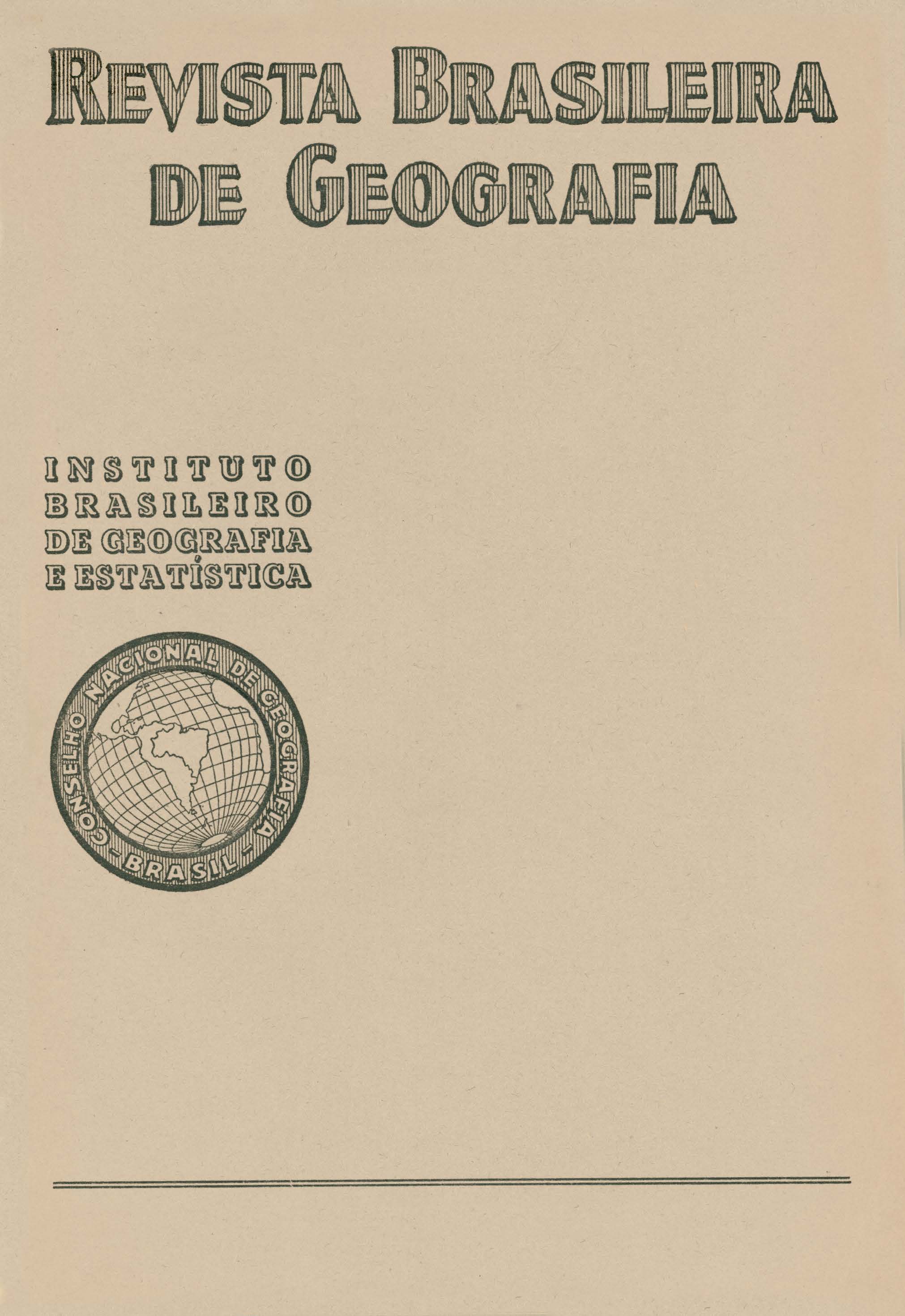Contribuição ao estudo da Geomorfologia e do Quaternário do litoral de Laguna (Santa Catarina)
Palavras-chave:
Santa Catarina, Laguna, Sambaquis, Geologia, Geomorfologia, Geomorfologia LitorâneaResumo
The author Antônio Teixeira Guerra explains, in this article, the conclusions to which he arrived after a trip he made along the littoral of Laguna, State of Santa Catarina.
This paper is divided in the following parts: Geology and Geomorphology of the littoral, part in which he describes the general aspects of this coastal region, showing the contrasts between the points and granitic hills and the recent sand deposits which form coastal strings and dunes.
He analyses in a more profound way the physical landscape of the region of Laguna, studying the disaggregation as well as the various types of diaclases.
In the second part of this paper, three parts are distinguished by the author:
1 - The use of the Geomorphological method in studying the "sambaquis" (shell mounds), in which he criticizes the methods of study used by the various specialists in dealing with such deposits of shells.
He enhances the work of the malacologist, of the arqueologist, of the geologist and of the geomorphologist.
The use of the geomorphological method was attempted for the first time by Professor Teixeira Guerra producing good results.
2 - The author, then analyses the various trends which try to explain the problem of the "sambaquis".
In the first place he explains the concepts of the "artificialists" and of the "naturalists”. To the "artificialists", these deposits are constituted by shells and contain or not lithic objects and ceramics.
To the "naturalists" these deposits are formed by the withdrawal of the sea, exposing the said deposits on the coast.
Nowadays, a third theory was developed, trying to conciliate the theories of the "artificialists" as well as the one o f the "naturalists".
From the sedimentalogical (stratigraphic) examination, and from the study of the various geological contacts, the author arrived to a very important conclusion which must be considered as a new stage in the study of the "sambaquis".
The above mentioned conclusions are: a) all ''sambaquis" have an artificial origin; b) the natural "sambaquis", or what some scientists name "casqueiros" or "pseudo-sambaquis" or shell strata, have no point of coincidence with the "sambaquis" constituting what geomorphologists call terraces (marine, fluvial or lake terraces).
3 - The author studies several "sambaquis" of the region: Sambaquis do Campo de Fora, Caputéra, Passagem, Ponta da Barra, Santa Marta Pequena, terrace and "sambaquis" of Santa Marta, Carniça and Garopaba.
This exhaustive regional study was illustrated by the author with several photographs and geological sections, and presents a very suggestive comparison between the principal characteristics of terraces and "sambaquis"
Downloads
Publicado
Edição
Seção
Licença
Copyright (c) 2019 Revista Brasileira de Geografia

Este trabalho está licenciado sob uma licença Creative Commons Attribution 4.0 International License.






